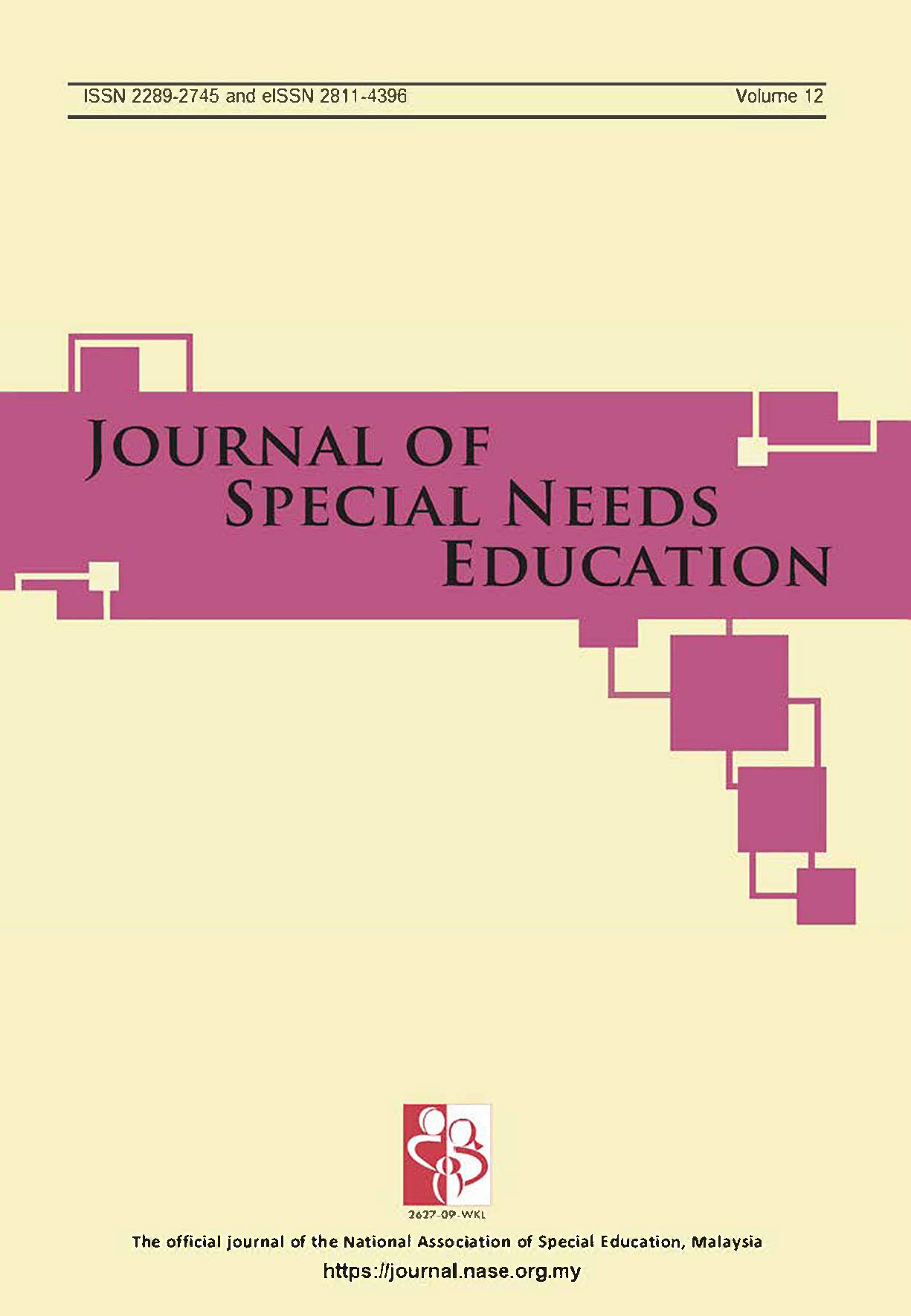Abstract
Many special education teachers are working in resource rooms designated for students with special educational needs. Therefore, it is vital to get acquainted and be familiarised with special education teachers’ roles in various learning settings. The purpose of this qualitative case study was to explore the perspectives of resource room teachers (RRTs) on their roles in the resource room as well as in the inclusive classroom. Semi-structured interviews were conducted with four RRTs from primary inclusive education schools in Bethlehem city, Palestine. The semi-structured interviews were analysed thematically to address the themes generated from the interview data to meet the objectives of the study. Results revealed that RRTs have a major role in the resource room, including implementing the assessment portfolio, selecting resource room students (RRSs), creating Individualised Education Plans (IEPs), and supporting RRSs in Arabic and Mathematics through individual or group instruction. In the inclusive classroom, they clarify regular teachers' instructions and promote RRS involvement in both classroom and extracurricular activities. This is the first Palestinian study to provide insight into the roles of RRTs in various learning settings. The outcomes considerably help policymakers improve resource room practices as well as enhance the services, support, and special education programmes offered to RRSs.

This work is licensed under a Creative Commons Attribution-NonCommercial-NoDerivatives 4.0 International License.
Copyright (c) 2022 Journal of Special Needs Education

